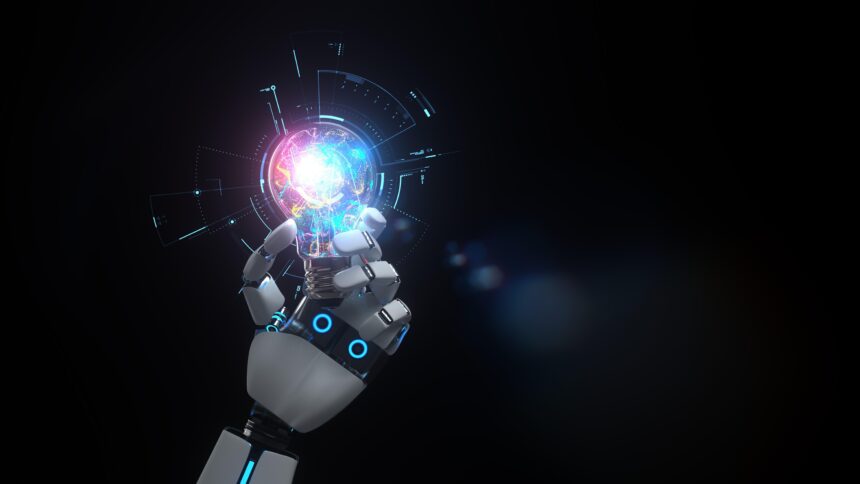AI is going to transform society as radically as harnessing electricity did. AI promises to increase productivity, decrease car accidents, help diagnose and treat disease with speed and precision, and streamline industrial processes to give us a cleaner environment.
But AI can fulfill its potential only if the data centers that run AI can access enough energy. And data centers are already struggling to find enough energy. Right now, energy bottlenecks in northern Virginia – the largest data center hub in the world – could delay new development into 2026. Demand for power has outgrown the capacity of existing power lines, and the resulting congestion is choking the supply of electricity to data centers. Adding AI into the mix will exacerbate these problems because a lot of energy is needed to train and operate AI models.
On top of that, the U.S. Environmental Protection Agency (EPA) is imposing strict emission limits on power plants. PJM (a grid operator serving 65 million people in 13 Mid-Atlantic and Midwest states) says fossil-fuel power plants are retiring much faster than alternative energy sources are getting developed. So data center developers will face energy shortages and must use low-emission energy sources to build new capacity.
Data centers can’t be built just anywhere. They need to be sited near power plants that have adequate transmission lines because it could take more than a decade to construct lines to move electricity from remote locations. They also have to be close to population centers where people are most likely to use their digital services and near other data centers to ensure easy exchange of information. Finally, they need to be built where the public will support them. Many communities oppose the construction of new data centers because they fear the facilities will leave less electricity for residents and local businesses.
Although solar and wind are en-vogue energy solutions, neither is reliable enough to power a data center because both depend on the weather. Data centers support our most critical systems – hospitals, national defense, GPS, communication, traffic lights, water, and wastewater treatment – so they need energy 24/7/365 in every type of weather and every type of circumstance. Plus, large solar and wind plants are sited in remote locations rather than in the population hubs where data centers are commonly located.
Natural gas and coal are reliable power sources, but new EPA air-quality restrictions make it hard to get permits for new fossil-fired power plants.
Nuclear power can meet all the energy needs of data centers: It’s reliable, affordable, and clean. But large nuclear plants require large up-front investments and take a long time to build. New reactors in Georgia ran $16 billion over budget and six years behind schedule, and few U.S. utilities are willing to take on that level of capital risk.
But there is a solution. Companies are working to help data centers overcome energy bottlenecks with small modular reactors (SMRs). SMRs have all the benefits of large nuclear plants, but they’re faster and much less expensive to build. Plus, SMRs can be designed to recycle spent fuel – both their fuel and fuel from large nuclear plants.
SMRs are the safest nuclear plants ever designed. They can cool themselves without relying on people, pumps, or mechanical systems to remove heat. Meltdowns are a thing of the past. The type of accidents that happened at Chornobyl, Fukushima, and Three Mile Island is physically impossible.
Plus, SMRs can be sited almost anywhere. They have a small footprint—about two acres for the smallest reactors. By contrast, traditional reactors require on average 800 acres of land. And since most SMRs don’t use water for cooling, they don’t have to be sited near a lake, river, or ocean. They can be installed on the site of a data center or at a nearby location in under a year.
SMRs are also affordable. Off-the-shelf components and factory prefabrication allow SMRs to provide power at competitive prices in most parts of the U.S. Perhaps best of all, developers do not need to risk capital because some SMR companies offer power purchase agreements (PPAs).
SMRs offer data centers a path to energy independence – one that avoids bottlenecks in the grid and competition for energy with local communities. This key energy source can provide the power to unlock the benefits of AI and transform modern society.




